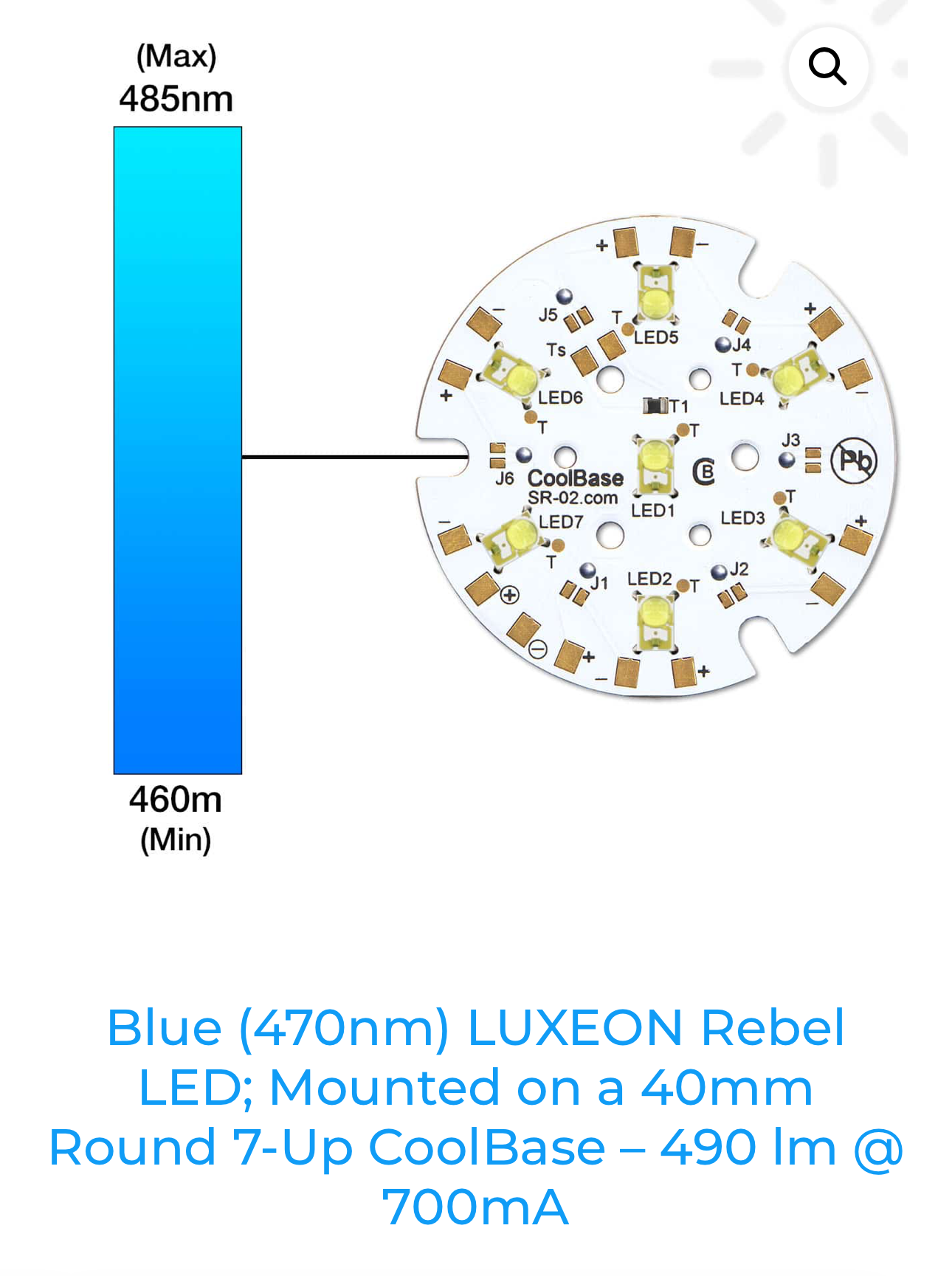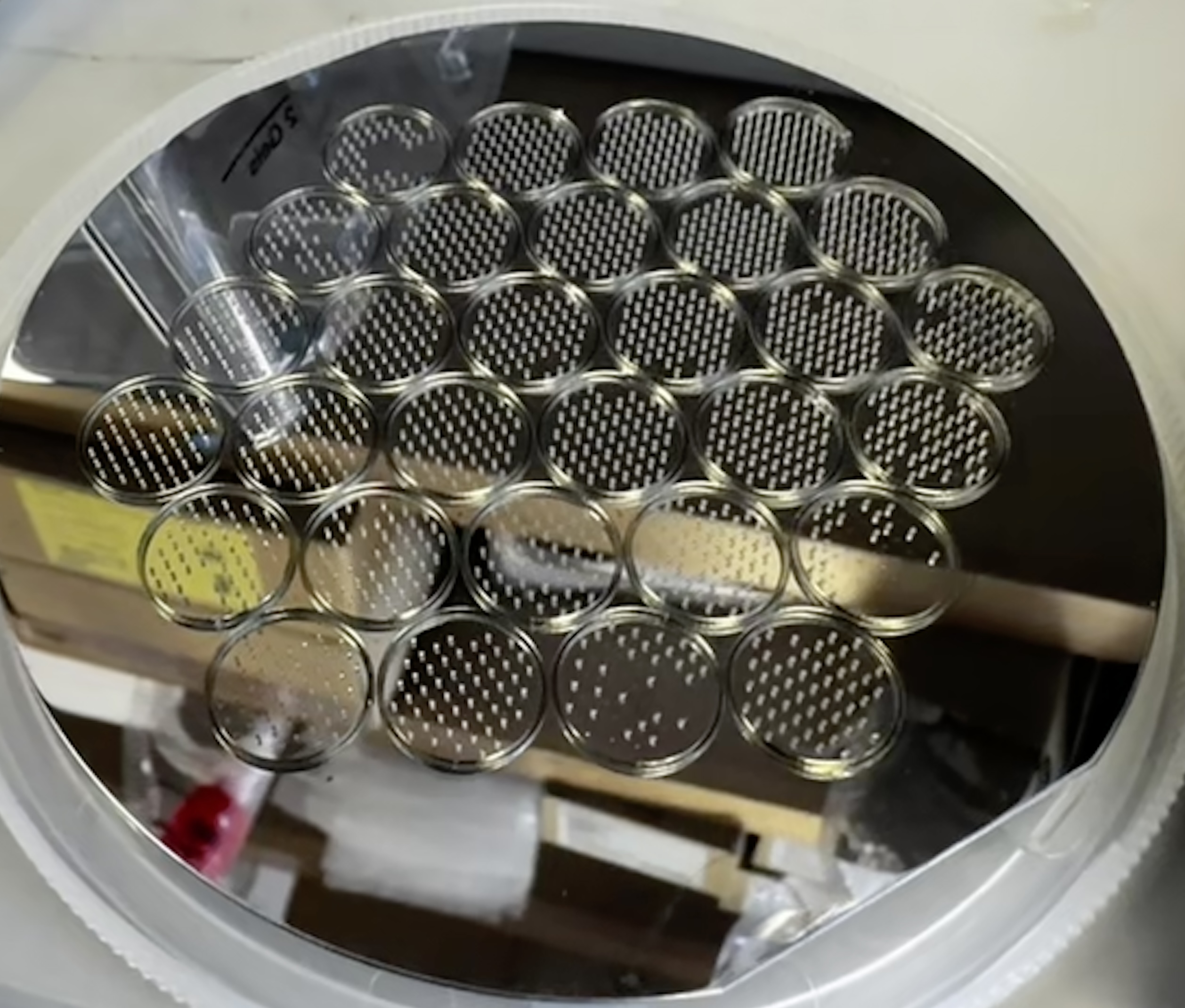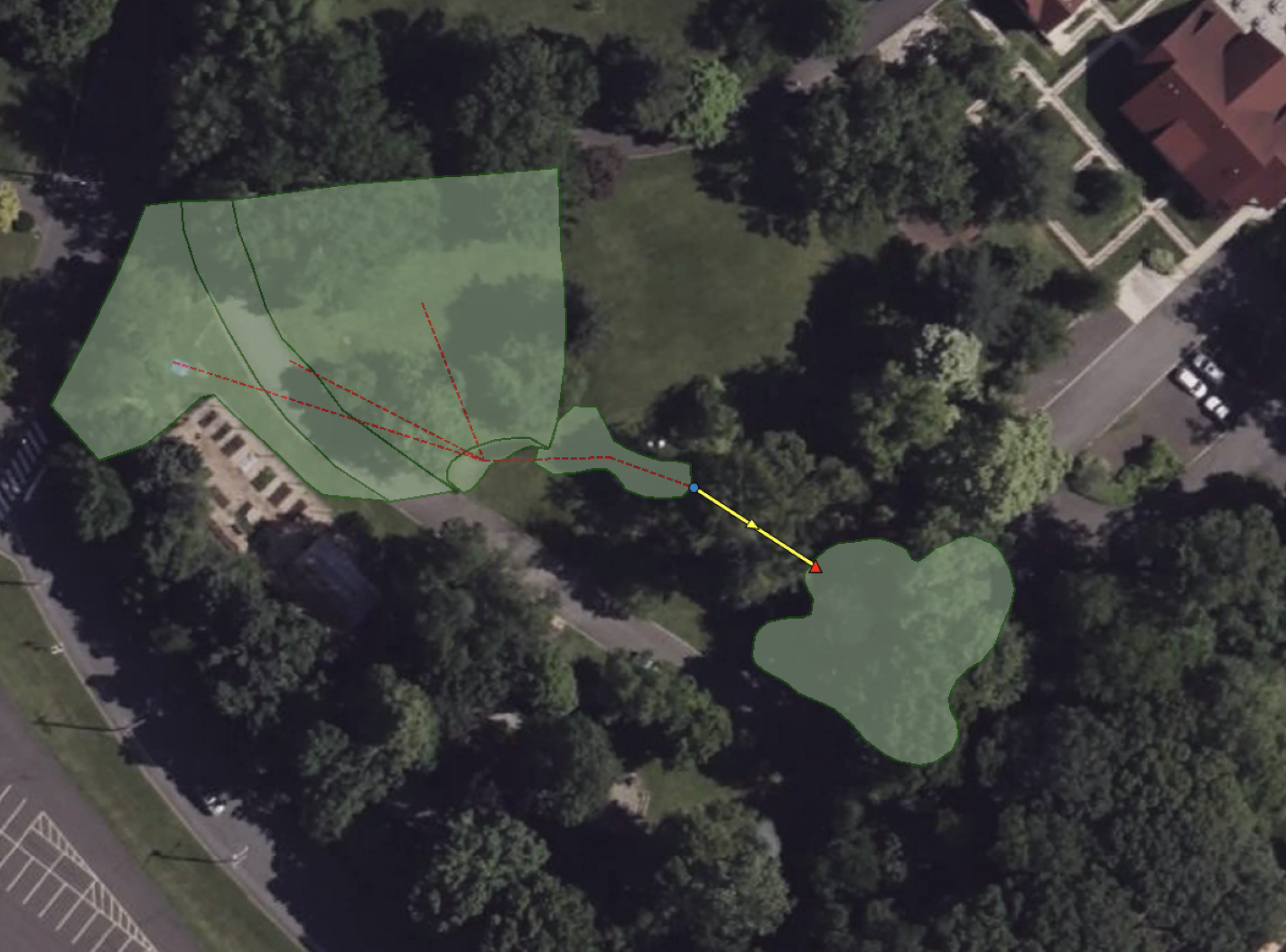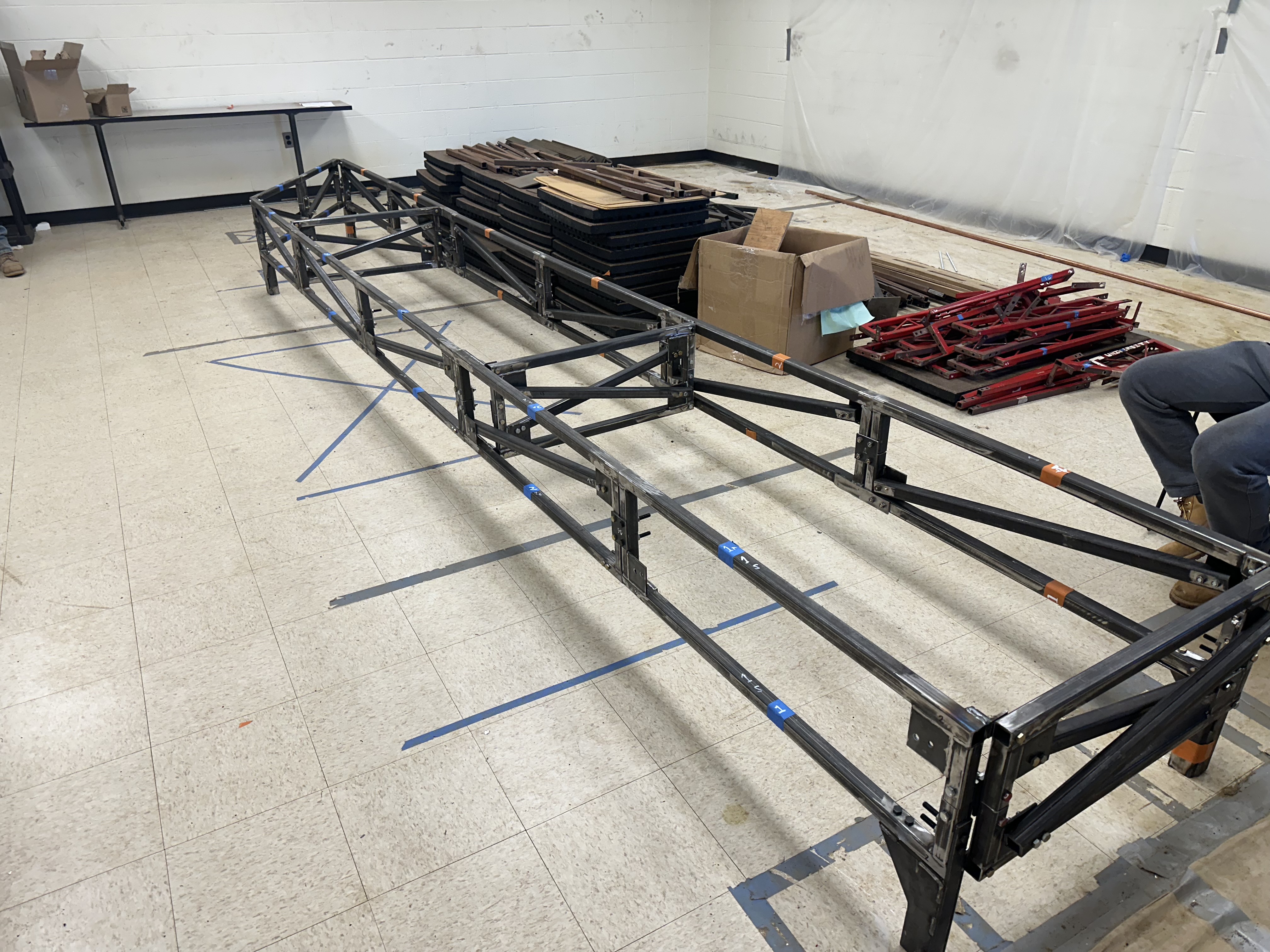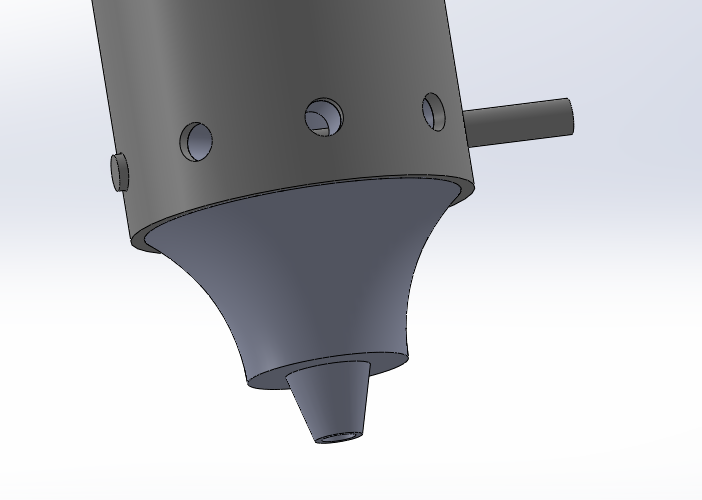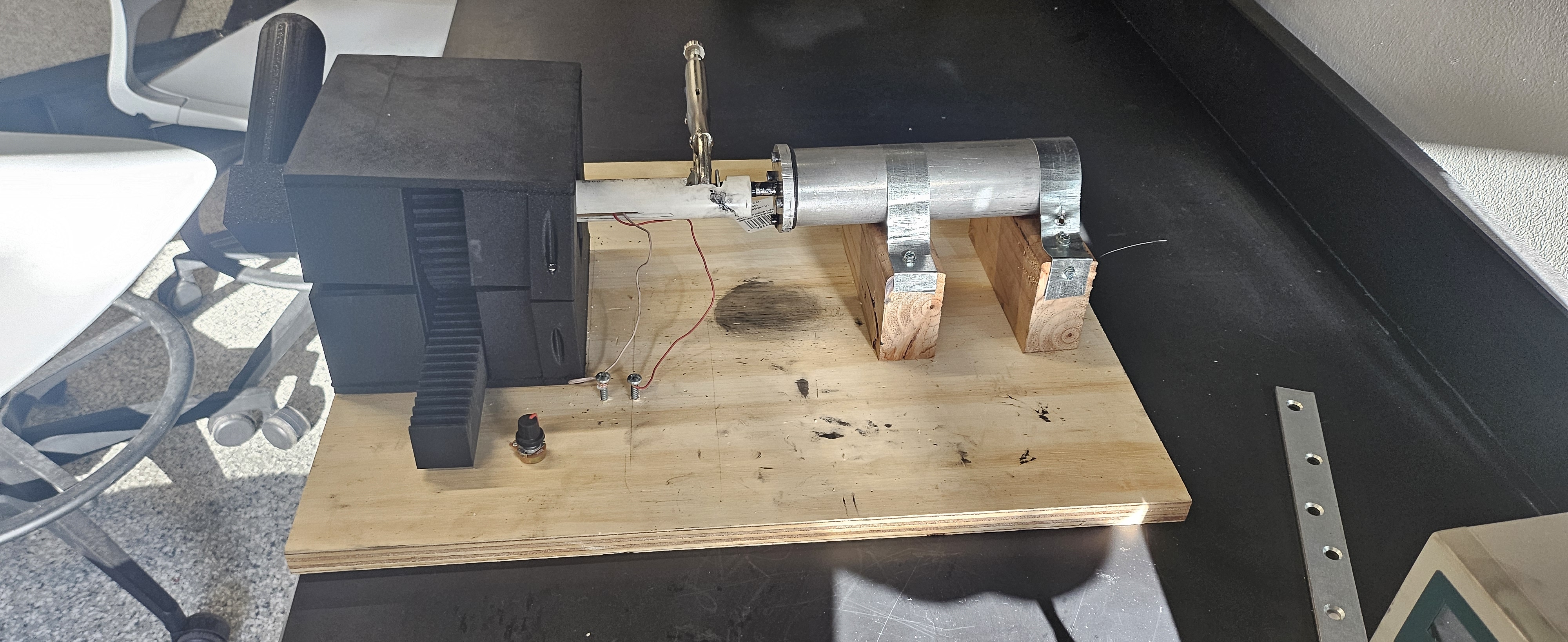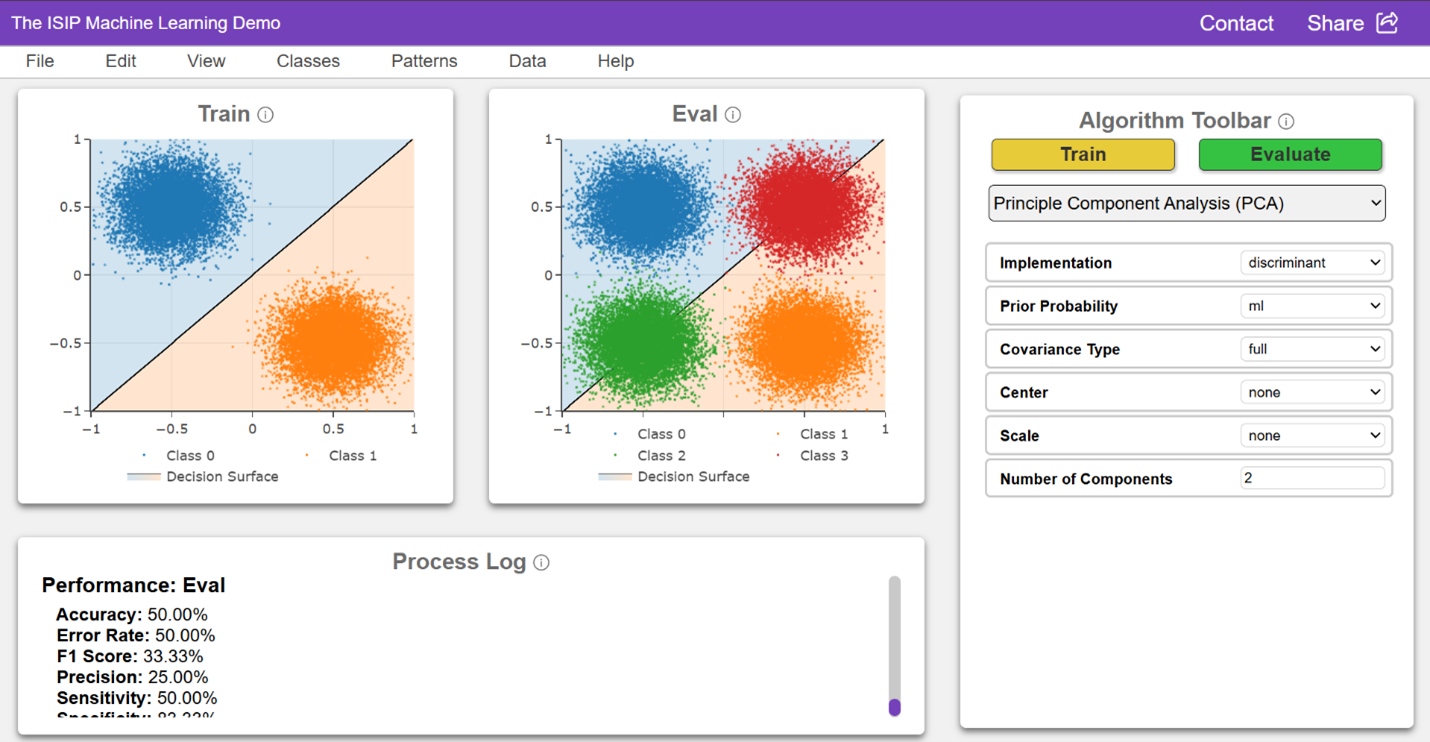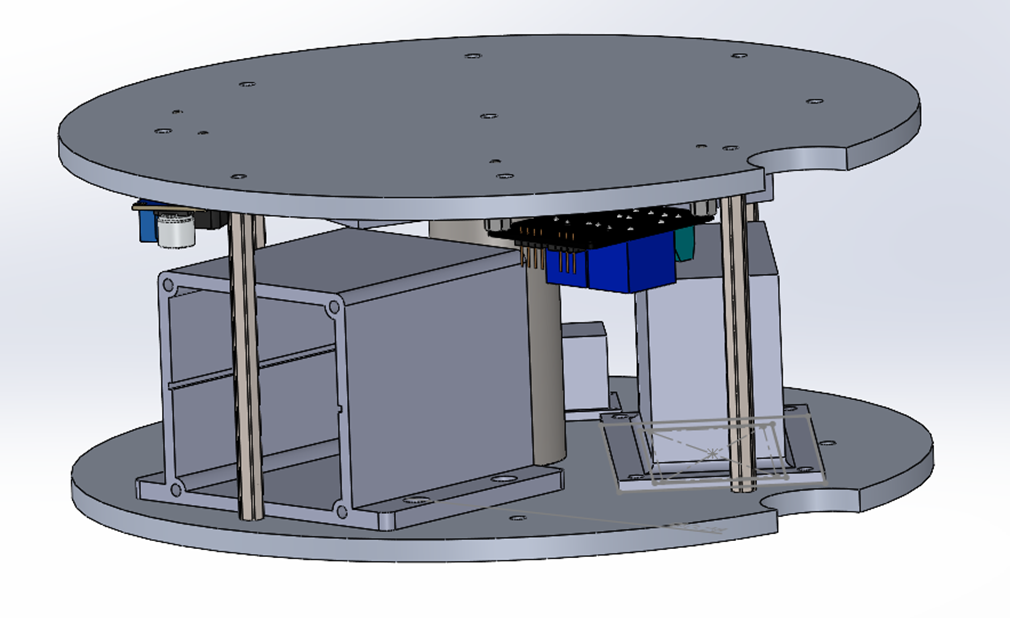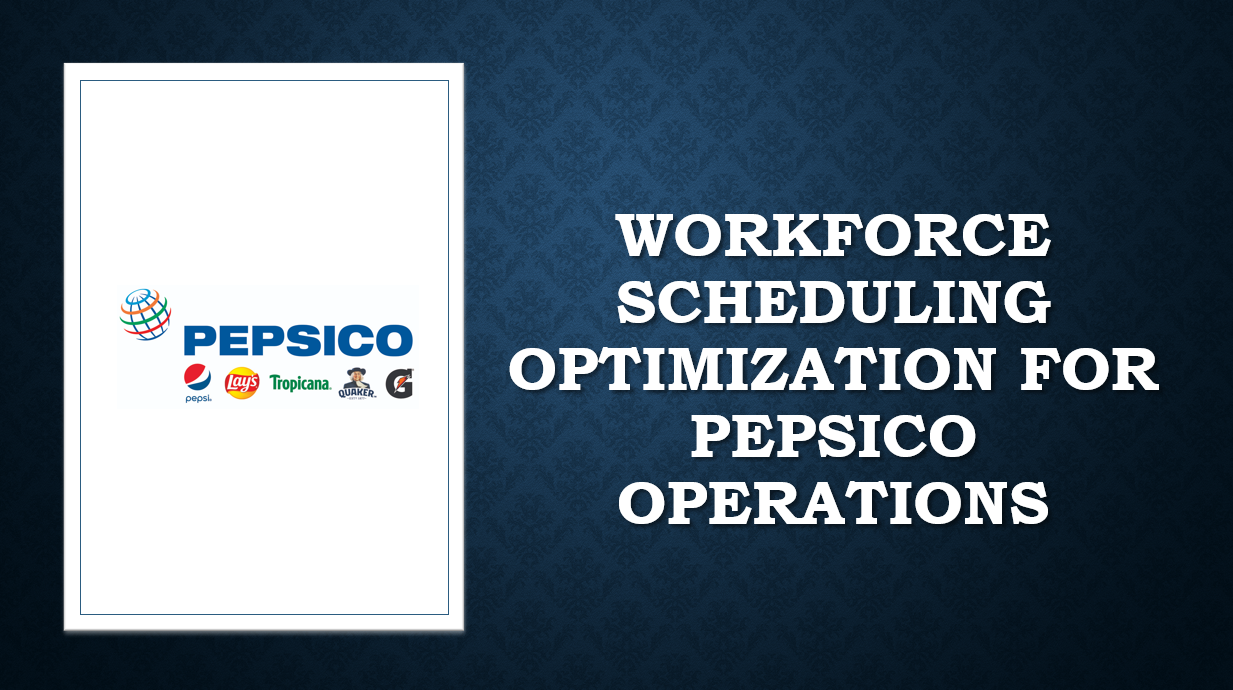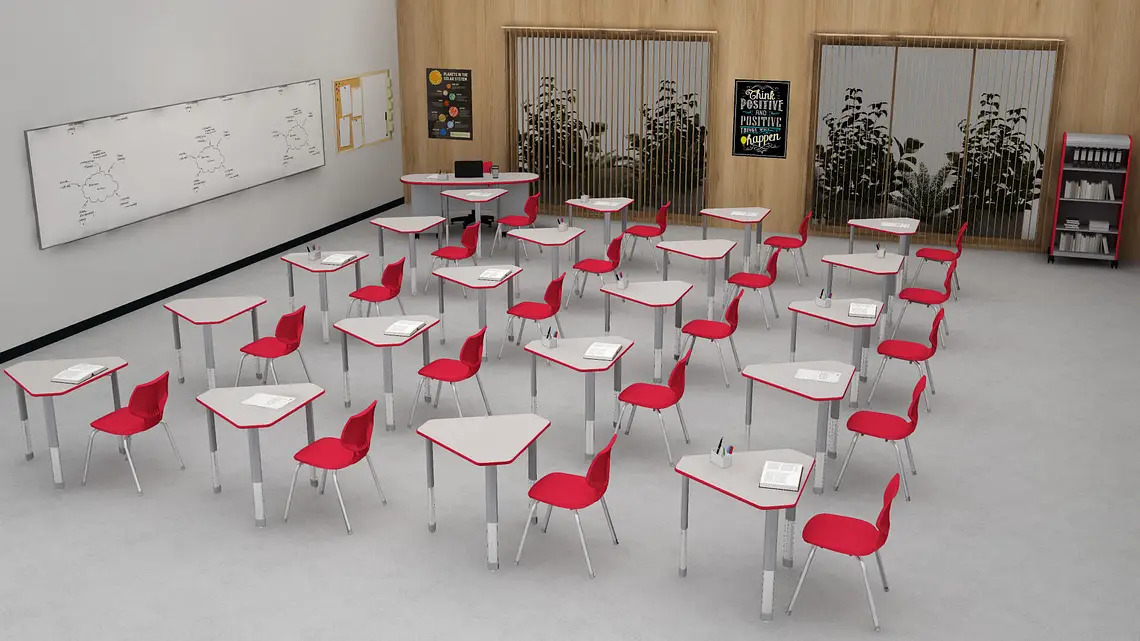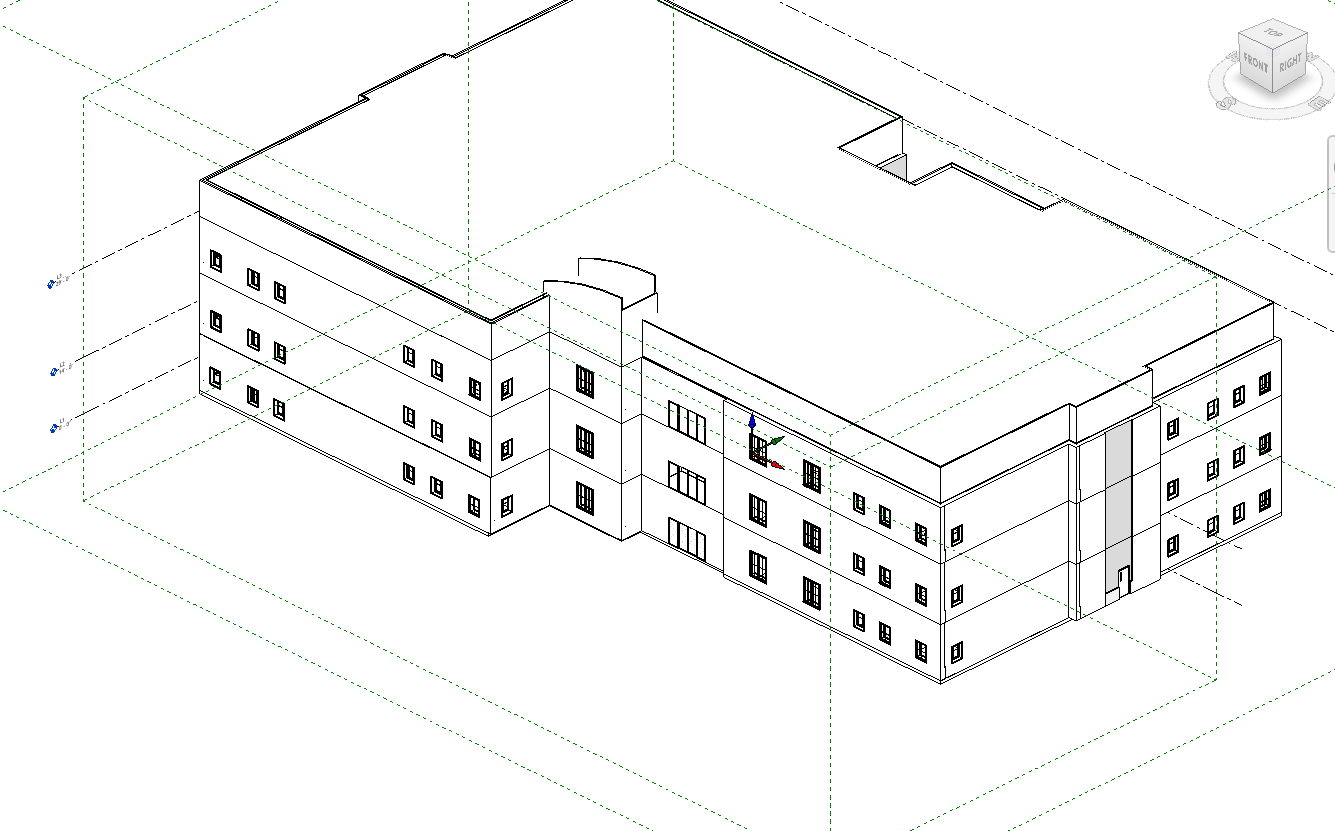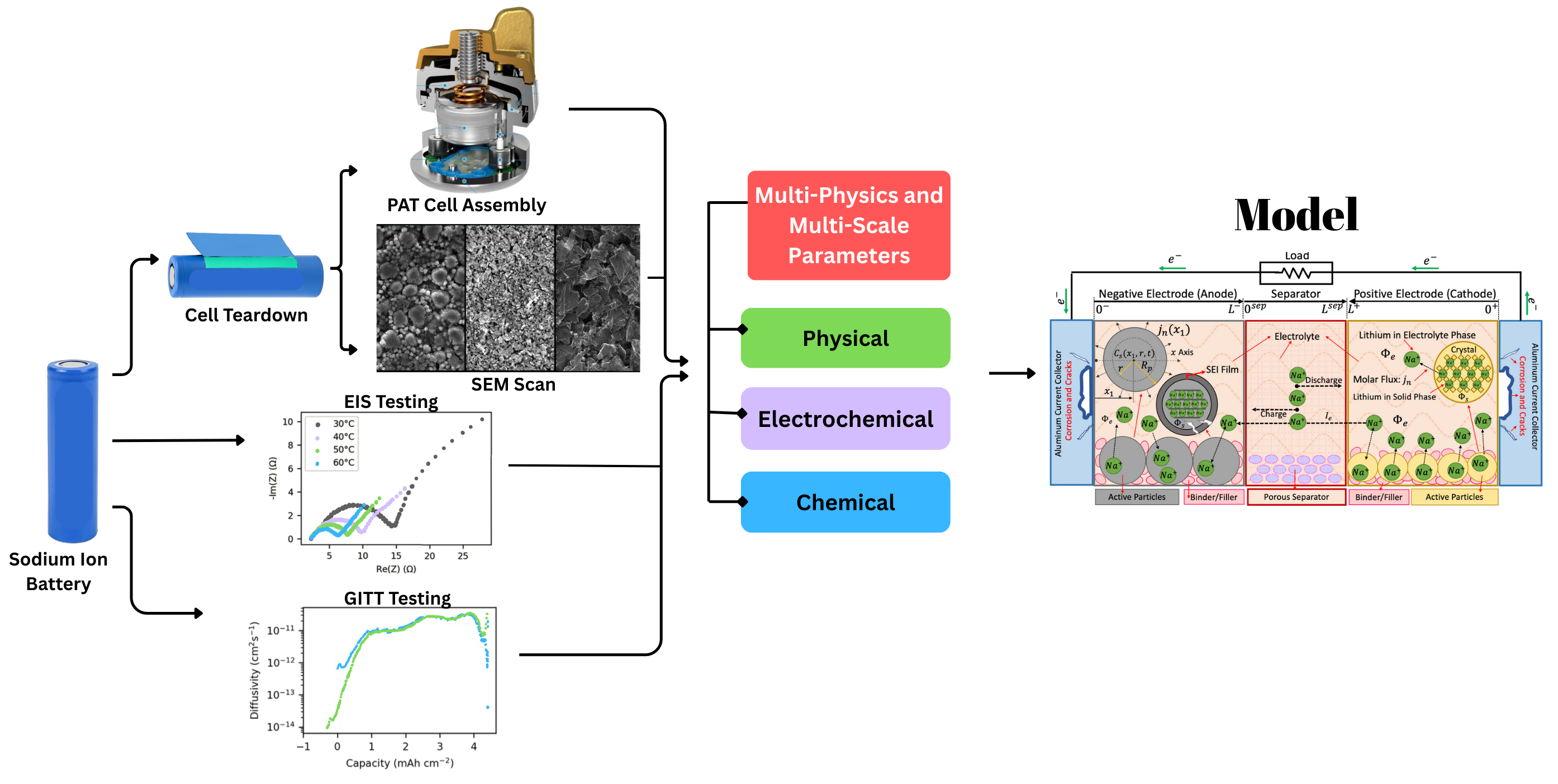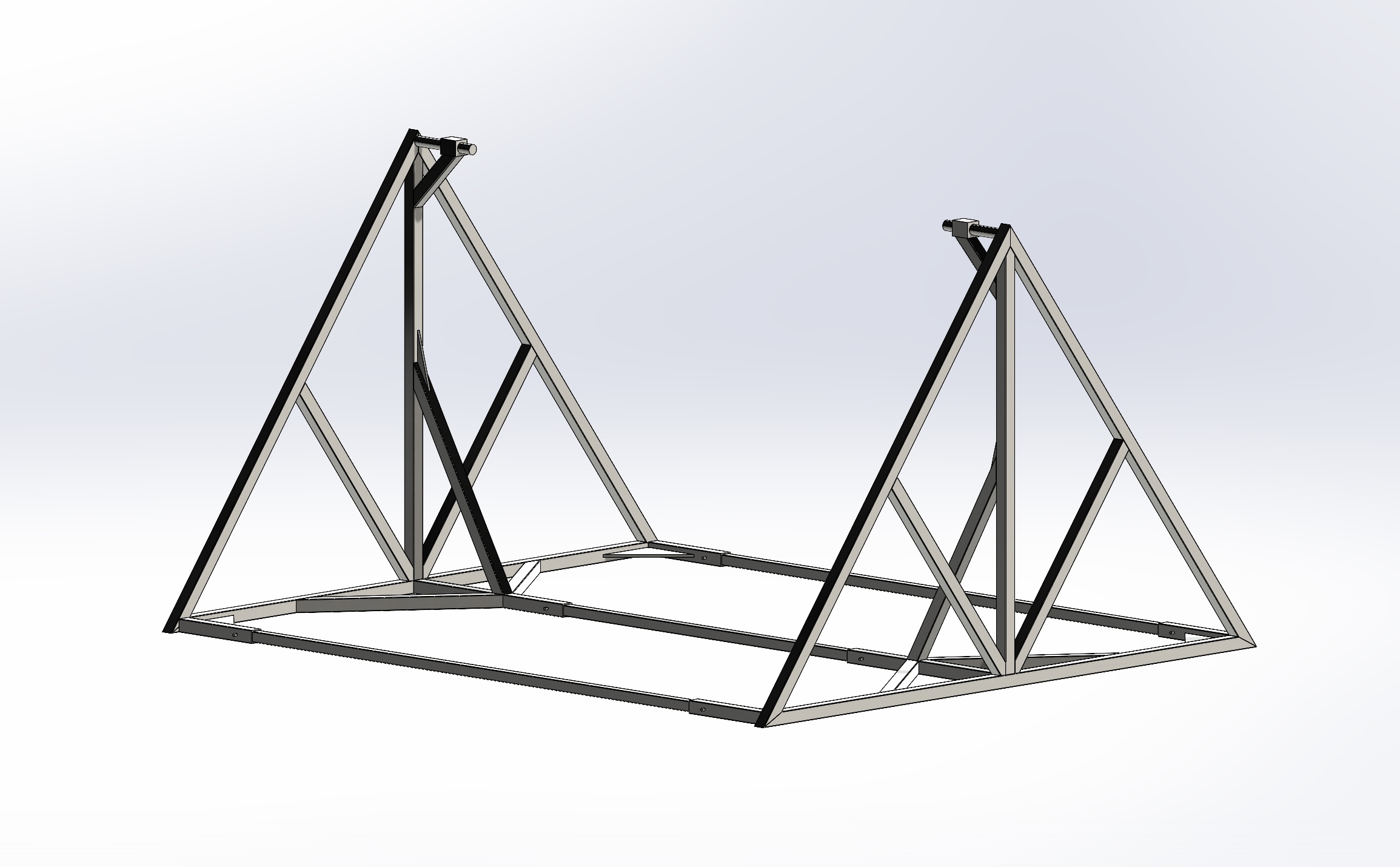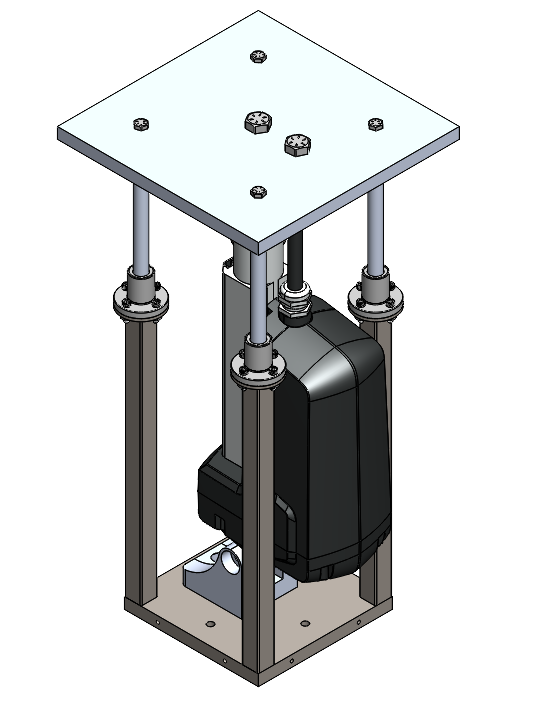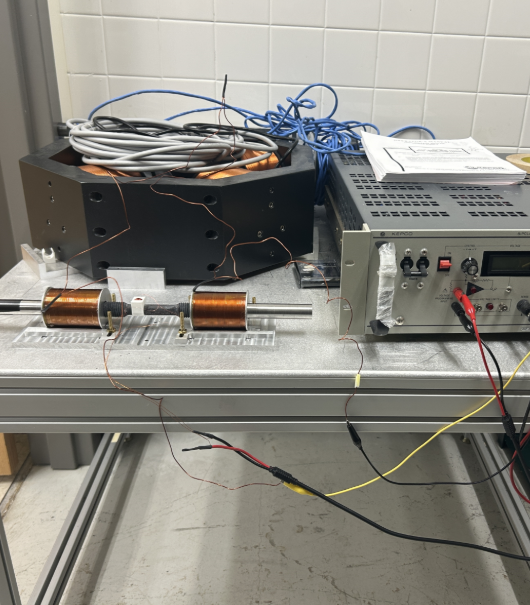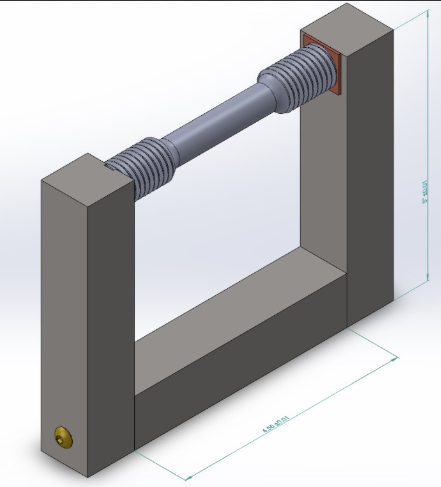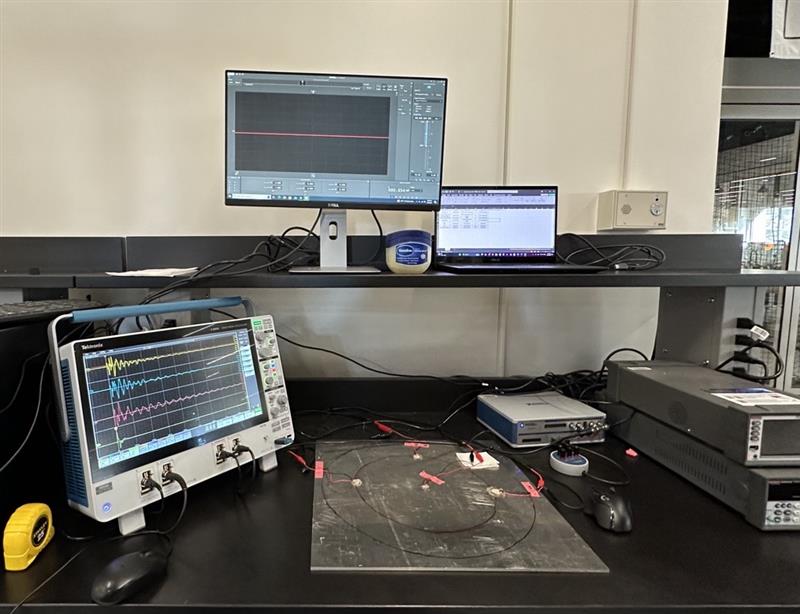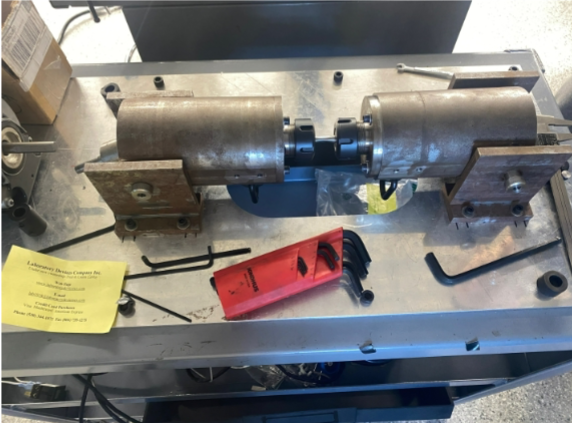Senior Design is the culmination of the hard work put in by our engineering students. It offers the opportunity to put the theories and concepts learned over your engineering education at Temple into action.
Working in groups, students find a project focus, develop a plan of action, and collaborate, often finding it necessary to repeat or adjust, for a final project where they bring these ideas to life. Then comes a presentation and competition just before graduation. Some also use their projects to enter outside national or regional competitions. The journey teaches some valuable lessons about your future path as an engineer.
The Senior Design Showcase is an exciting opportunity to see how our students are solving real-world problems through creativity, teamwork, and technical expertise. These projects reflect the high standards of Temple's engineering programs and demonstrate the next generation of engineers you helped shape.
Poster Day is scheduled for Friday, April 25th
12:00pm - 1:00pm: Poster Judging of Top Teams
1:00pm - 3:00pm: Public Session
3:00pm: Top Teams Winners Announced
Reception to follow from 3-5pm in the Fishbowl (RM102)
Top Teams
1st Place - Team 3: Portable Biaxial Mechanical Testing Device
2nd Place - Team 17: Autonomous Package Delivery
3rd Place - Team 18: PepsiCo Scheduling Operation
Honorable Mention - Team 26: Shaker Rig for an FSAE Racecar
Honorable Mention - Team 7: White Swan Superfund GW Cleanup


